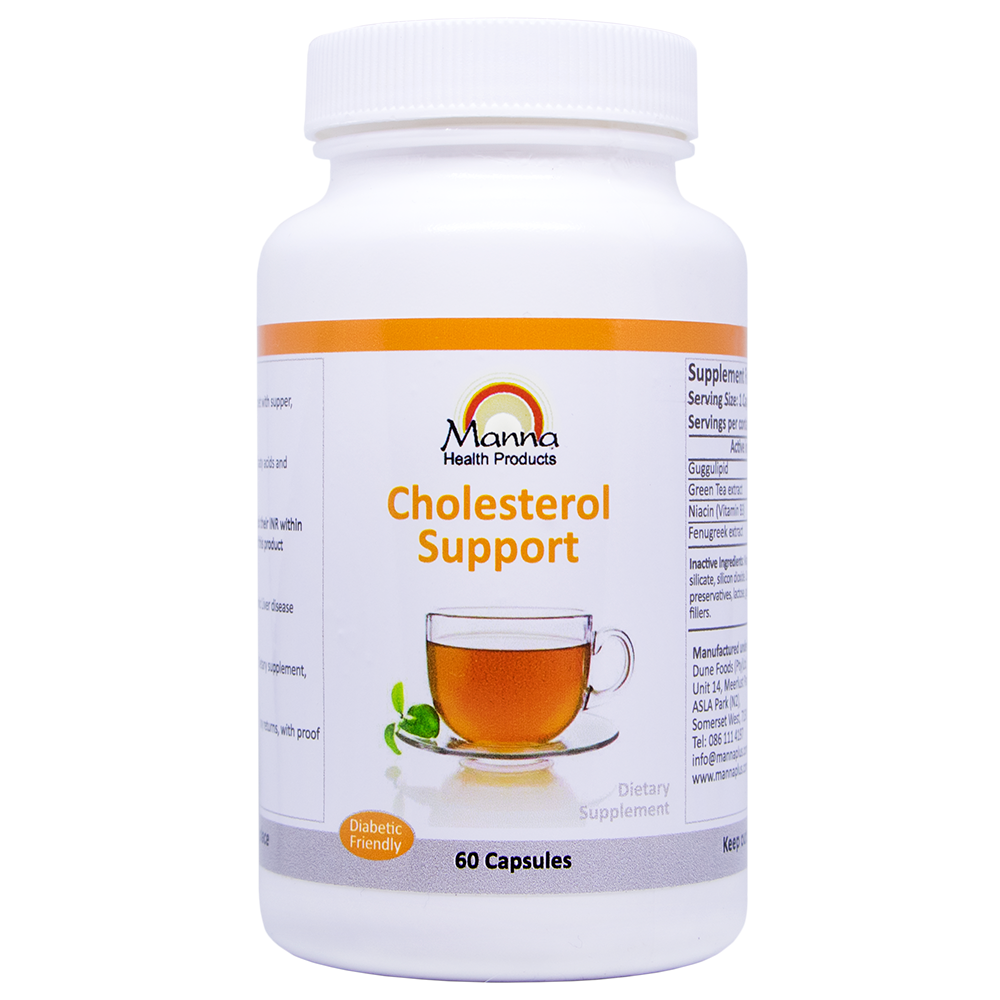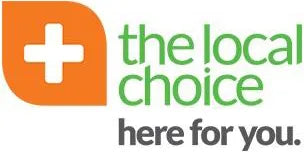Cholesterol is a crucial substance in your body, playing an essential role in cell membrane structure, hormone production, and vitamin D synthesis. However, an imbalance in cholesterol levels, especially elevated LDL (bad cholesterol), can lead to severe health risks like heart disease, stroke, and peripheral artery disease. Understanding cholesterol and taking proactive steps to manage it is vital for maintaining overall health.
What is Cholesterol?
Cholesterol is a waxy, fat-like substance found in every cell of the body. It travels through your bloodstream in two main types of carriers:
- Low-Density Lipoprotein (LDL): Known as “bad cholesterol,” excess LDL can lead to plaque buildup in arteries, increasing the risk of cardiovascular issues.
- High-Density Lipoprotein (HDL): Referred to as “good cholesterol,” HDL helps remove excess cholesterol from the bloodstream.
Why is High Cholesterol a Problem?
When LDL levels are too high or HDL levels too low, cholesterol can accumulate in your blood vessels. This condition, known as atherosclerosis, narrows the arteries and restricts blood flow, leading to:
- Coronary artery disease
- Stroke
- Peripheral artery disease
- Other factors like high blood pressure, smoking, and diabetes can compound these risks
Managing Cholesterol Effectively
1. Adopt a Heart-Healthy Diet
Diet is a cornerstone of cholesterol management. Focus on:
- High-fiber foods: Oats, beans, lentils, and whole grains can reduce LDL levels.
- Healthy fats: Incorporate avocados, nuts, seeds, and fatty fish for omega-3 fatty acids.
- Reduce saturated fats: Limit red meat and full-fat dairy products, replacing them with lean proteins and low-fat options.
- Avoid trans fats: Found in many processed foods, these fats can significantly raise LDL levels.
2. Stay Physically Active
Regular exercise boosts HDL and lowers LDL levels. Aim for at least 150 minutes of moderate aerobic activity per week, such as walking, cycling, or swimming.
3. Maintain a Healthy Weight
Carrying excess weight, especially around your midsection, can negatively impact cholesterol levels. Even modest weight loss can improve your lipid profile.
4. Avoid Smoking and Excessive Alcohol
Smoking lowers HDL levels and damages arteries, while excessive alcohol can increase triglycerides and worsen overall cholesterol levels.


























